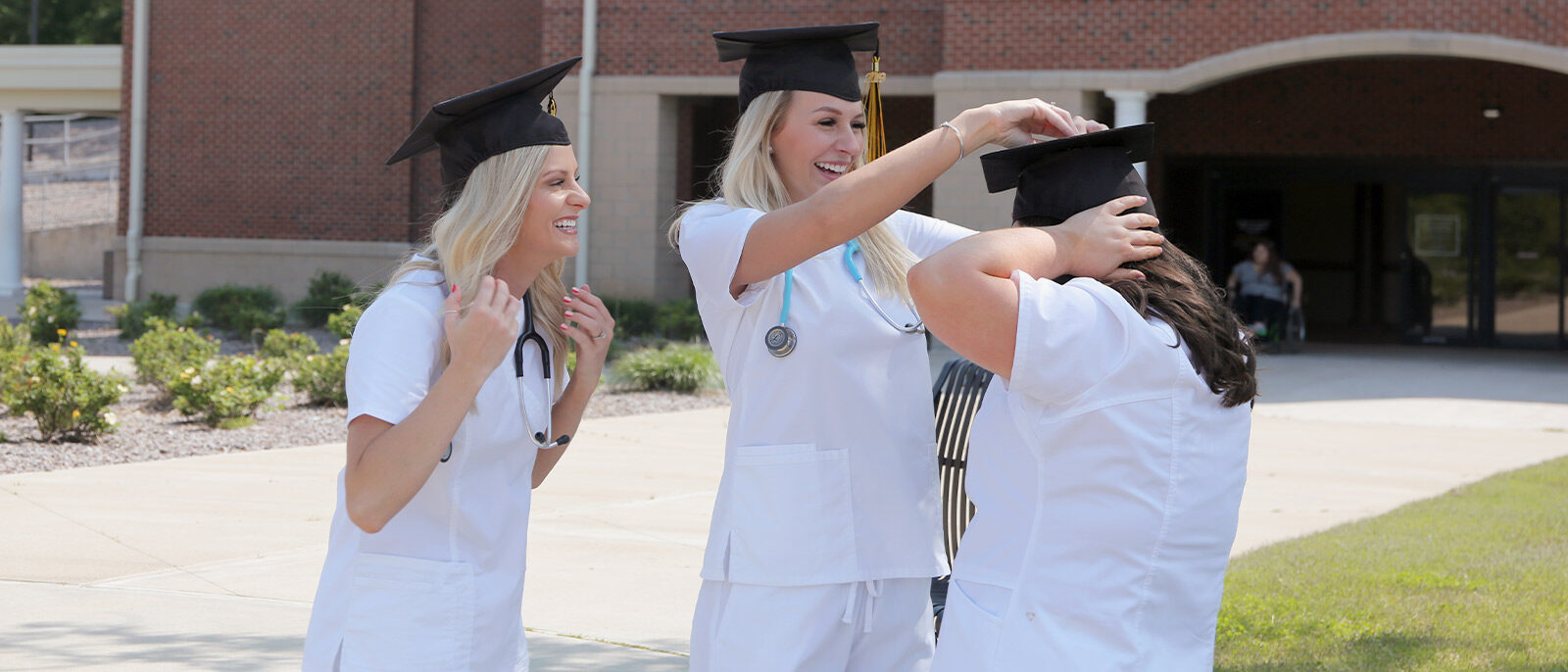Strategic Plan
What is ASPIRE 2025?
Our five-year strategic plan is intentional and provides a road map to expand upon our successes in preparing students for a global society, solving emerging challenges through data-informed approaches, continuing our academic excellence, and ensuring high-quality learning experiences for our students.
The challenges we face as a College come at a defining time that demands an urgent and comprehensive response. Through our steadfast focus on ASPIRE 2025, we will turn these challenges into opportunities and continue to provide our students a high-quality education and transformative learning experience that is the heart of the Three Rivers College mission.
ASPIRE 2025 is a bold and forward-thinking strategic plan developed through shared governance. The work of the fifty-member Strategic Planning Steering Committee is the culmination of over six months of collaboration and analysis that considered the voices of our students, alumni, faculty, local community, staff, as well as numerous internal and external stakeholders. Active participation and transparency were ensured through forums, presentations, campus meetings, community town halls, and surveys. This exchange of ideas led our Strategic Planning Steering Committee to build this ambitious, forward-thinking, and attainable plan.
While ASPIRE 2025 guides our planning efforts, our continuous assessment data and annual planning priorities inform our operational planning. We are prepared to adjust to changing conditions and shall continue an open dialogue with our stakeholders on our progress in implementing and/or revising our plans, based on what we learn.
The ASPIRE 2025 five-year plan is effective July 1, 2020.In closing, we wish to thank the members of the Strategic Planning Steering Committee for their commitment and dedication to this process. Our successes over the past 50-plus years would not have been possible without the confidence and support of our dedicated alumni and College community. Thank you to each of you for your continued dedication and support of Three Rivers College!

Mission, Vision & Values
Explore what drives the College to inspire, prepare and empower students through high-quality, open-access education.

